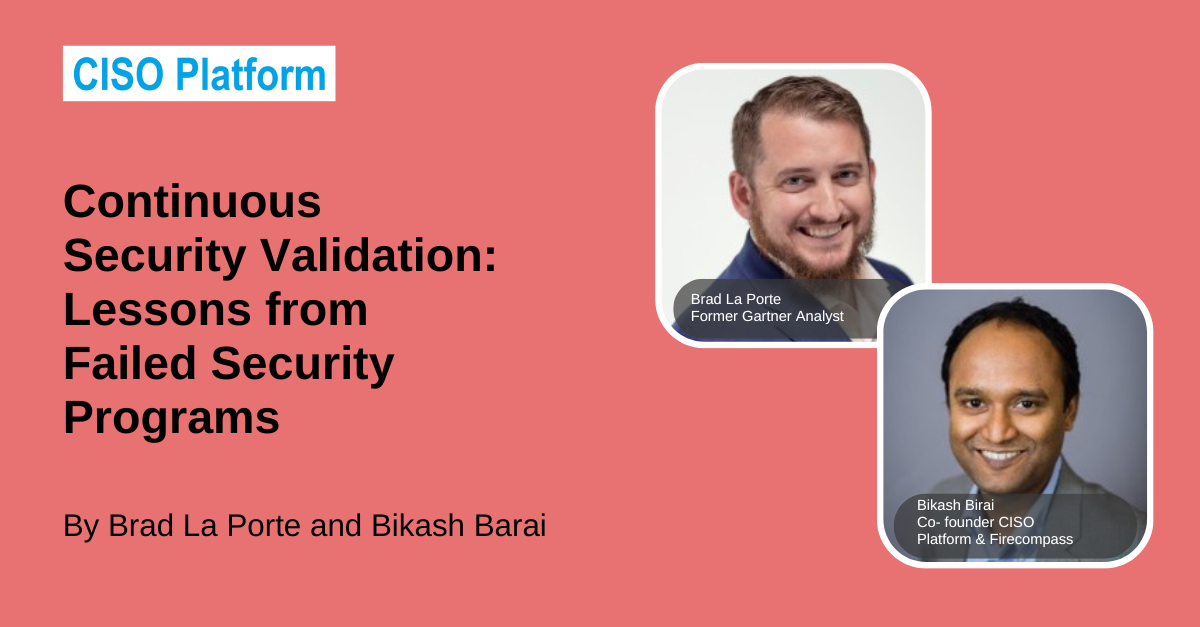Gain insights into the fundamental challenges hindering organizations from achieving cybersecurity objectives, particularly in terms of visibility and noise reduction. Discover how prioritizing key metrics can enhance threat detection and response capabilities.
Here is the verbatim discussion:
Key fundamentals that are there um the and that's where the biggest challenge is is like organizations just don't have um that they don't have the visibility that they that they require to get to those those points those are certainly very key um the other kind of key point that organizations will will get into is um you know a lot of a lot of the the monitoring and in um doing these different assessments is you ultimately they're trying to find a needle and a haast stack is is a common analogy that's used and uh unfortunately what uh organizations will do especially early on is they'll add more and more hay uh to with the idea that they will have better visibility unfortunately there that that actually makes things more difficult because it's more difficult to actually find the needle um so as as a key metric and focus and priority area it would it it's definitely best practice to to eliminate the noise and eliminate all that excess hay that excess hay uh so you can find these needles faster and quicker and eventually get to the point where you're actually able to categorize the individual needles so you can actually identify a needle within a stack of needles that's relevant to the specific use case that you have um because what will happen with Advanced persistant threats is they'll actually come uh they'll come back time and time again and um unfortunately one of the the key things that ends up happening is uh especially with Ransom wear attacks is organizations will um they'll actually recover and Implement a backup uh or basically get to a steady state but they won't they won't address the the main entry point that that the attackers use to get in so all they do is they they come right back in and that's why uh paying for a ransomware doesn't really work because you're not a lot of times organizations don't address the the the core entry point and uh once kind of that the word gets out then it's open season so you might have multiple different criminal organizations looking to get into your environment um so and there's metrics that you can build around all of those things like reducing false positives uh reducing false negatives and then um and and overall uh measuring.
Speakers:
Bikash Barai is credited for several innovations in the domain of Network Security and Anti-Spam Technologies and has multiple patents in USPTO. Fortune recognized Bikash among India’s Top 40 Business Leaders under the age of 40 (Fortune 40-under-40).Bikash is also an active speaker and has spoken at various forums like TiE, RSA Conference USA, TEDx etc.
Earlier he founded iViZ an IDG Ventures-backed company that was later acquired by Cigital and now Synopsys. iViZ was the first company in the world to take Ethical Hacking (or Penetration Testing) to the cloud.


Comments